White Rann
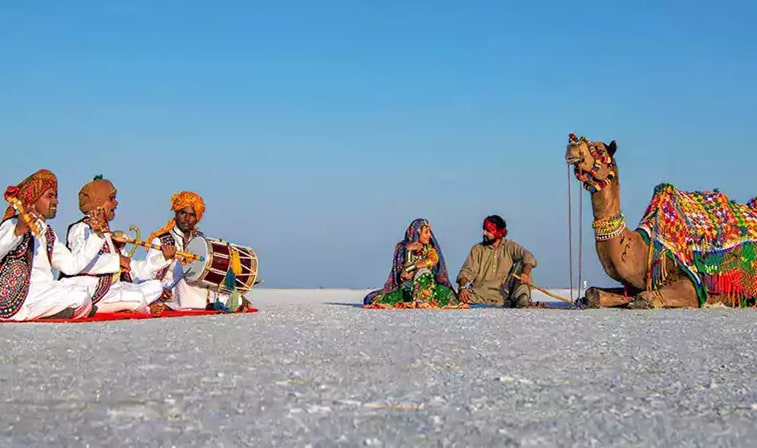
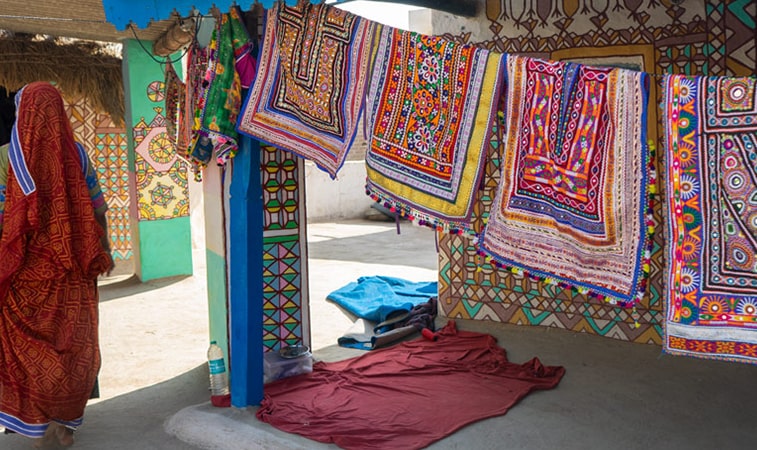
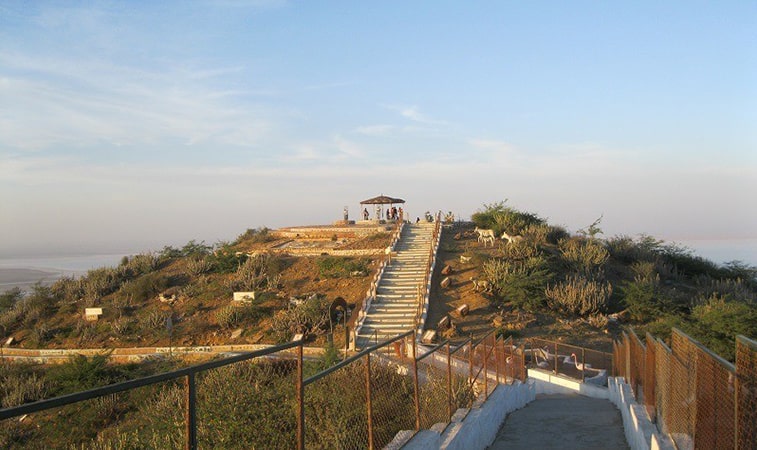
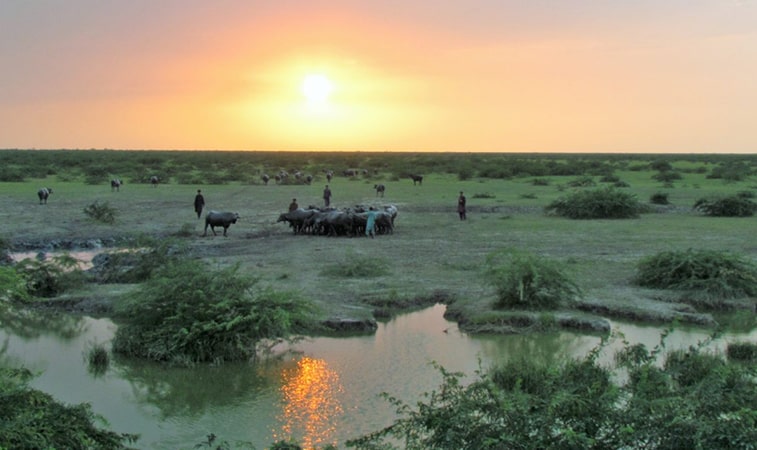
White Rann Tourism At A Glance
In the Kutch district of western Gujarat, the Rann of Kutch is a salt marshy area situated in the Thar Desert. It is situated between the Pakistani province of Sindh and Gujarat in India. It is made up of about 30,000 square kilometres, with the Banni grassland, the Little and Great Ranns of Kutch, and the Great Rann of Kutch included. The Rann of Kutch region is also home to a range of ecologically rich wildlife such as the flamingos and the wild ass that can be spotted around the desert often.
Every year, from December to February, the Gujarati government organises “The Rann Utsav,” a three-month celebration. This is the primary source of income for the residents, who welcome tourists from all over the world to sample local cuisine and experience Kachchh’s warmth and culture. Other attractions near Rann are Kalo Dongar, – highest point in Kutch and India Bridge.
Top Places in White Rann
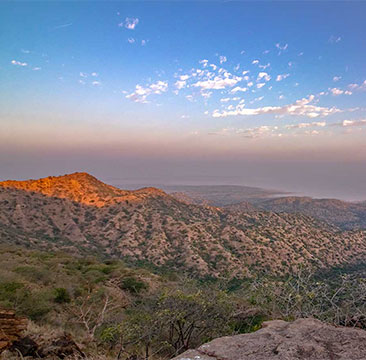
The Black Hills (Kalo Dungar)
Kutch’s highest point, Kalo Dungar (Black Hill), at 462 metres, is located north of the settlement of Khavda and offers breathtaking views over the Great Rann salt flat, or the inland sea if you’re there during the monsoon. To visit, you’ll need your own transportation. Another notable feature of the hill is a 400-year-old shrine devoted to Lord Dattatreya. According to legend, when Lord Dattatreya came to a stop here to rest, he discovered some starved jackals. He gave them his body to eat, and while they did so, his body kept growing back. They preparing cooked rice for jackals who arrive in the late evenings for a meal for the past 400 years. The Indo-Pak border lies about 40 km north from here. At Kalo Dungar, recently who noted that their cars were speeding down the hill at above 80 km/h.
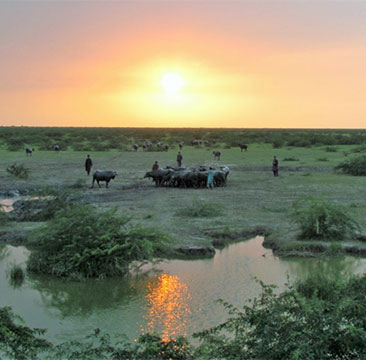
Banni Grasslands
With an area of more than 2500 square kilometres, the Banni grassland in Kutch’s district is one of the biggest grasslands in the Indian subcontinent. Its nomadic pastoralism has a long and rich history that dates back at least 500 years. It also has connections to a wider geographic area that encompasses Afghanistan and Pakistan’s Sindh and Balochistan. The damming of rivers, the introduction and growth of the invasive Prosopis juliflora tree, and the constantly shifting quantity and composition of cattle that have grazed these grasslands for many centuries are just a few of the numerous elements that have shaped Banni over time. In Banni, the amount of vegetation varies greatly from year to year and is quite limited.
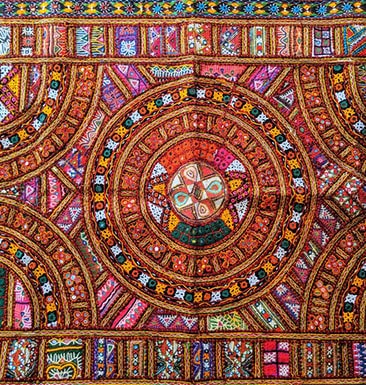
Bhirandiyara - A Beautiful Kutch Village
Visit the stunning Bhirandiyara Village in Kutch. It consists of a few dozen dwellings, and every resident works as an artist in some capacity. Fresh MAAVO, or milk reduced to a thick fudge-like consistency and sweetened with sugar, is the town’s most well-known dish. In this village, almost everyone works as an artisan of some type. Men work with leather, while women dominate the task with threads and mirrors. Men produce shoes, leather bags, umbrellas, leather wallets, leather bracelets, and more, while women create elaborate, colourful, vibrant, and utterly intriguing designs for clothing, bedsheets, wall hangings, tablecloths, jewellery, toys, handbags, and more. Cotton, silk, wool, and leather (mainly from camels, but occasionally from lambs or goats) are the raw materials they typically utilise. The needlework village of Kutch.





